The Independent's journalism is supported by our readers. When you purchase through links on our site, we may earn commission.
What’s it like to eat one of the deadliest fish in the world?
Angela Hui took on Osakan delicacy fugu, or pufferfish, in many different courses
Your support helps us to tell the story
This election is still a dead heat, according to most polls. In a fight with such wafer-thin margins, we need reporters on the ground talking to the people Trump and Harris are courting. Your support allows us to keep sending journalists to the story.
The Independent is trusted by 27 million Americans from across the entire political spectrum every month. Unlike many other quality news outlets, we choose not to lock you out of our reporting and analysis with paywalls. But quality journalism must still be paid for.
Help us keep bring these critical stories to light. Your support makes all the difference.
The first time I heard about fugu was on an episode of The Simpsons. Homer visits a new sushi restaurant and he demands to eat fugu (as well as everything else on the menu). The sushi master was “busy” with Bart’s teacher in the back of his car, leaving his apprentice to prepare the poisonous fish instead. He prepares it badly, Homer eats it... and is told he only has 22 hours to live. (Spoiler: he survives and so do I.)
I’m in the Abeno-ku neighbourhood in Osaka, at a 24-seat reservation-only fugu restaurant run by second generation chef and restaurant owner Noboru Yamaguchi. And I’m about to follow in Homer’s footsteps and eat Osakan delicacy fugu, also known as pufferfish or blowfish.
Yamaguchi doesn’t want any publicity for his tiny fugu-only restaurant: he doesn’t need it. It’s only known through word of mouth from other fugu enthusiasts (like a fugu foodie inner circle), but for one night I’ve been let in.
“Fugu is 1,200 times more lethal than cyanide and a single fish has enough poison to kill 30 people,” says my interpreter Kuniko Morioka as we sit down, while showing me a cute but deadly cartoon diagram on her phone. It contains lethal amounts of a chemical called tetrodotoxin, found in the fish’s ovaries, eyes, skin, blood and liver, which is the most delicious part – but also the most poisonous.
“Within 20 minutes of eating it, fugu can cause symptoms such as nausea, numbing, dizziness and stomach aches, followed by respiratory problems, muscle paralysis and cardiac arrest. There is no known antidote.”
If that’s not (dis)comfort eating, I don’t know what is.
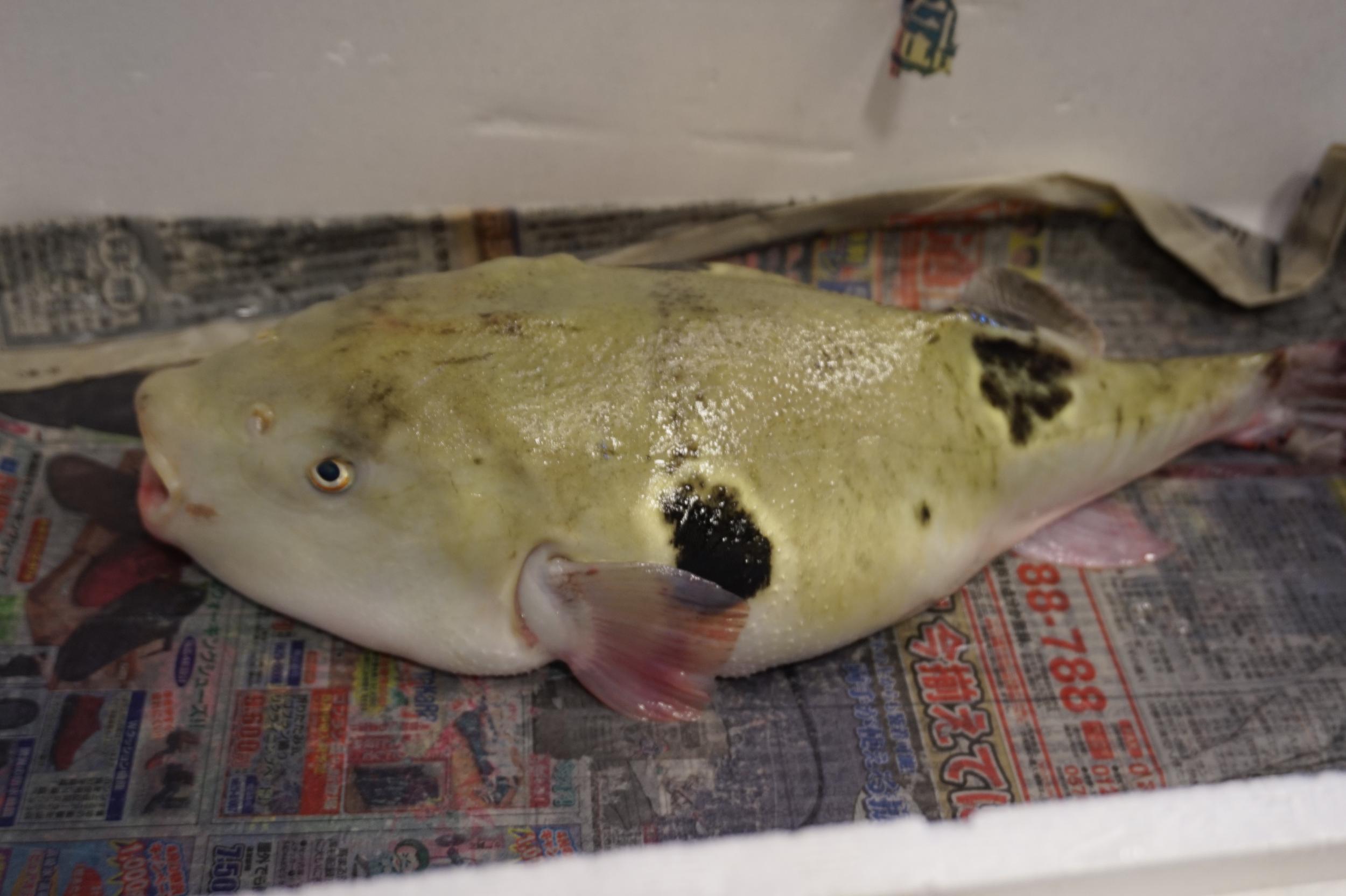
Each pufferfish has its own ranking, grade and quality. There are more than 120 varieties of fugu, of which around 50 are found in Japan, and of those only 22 are edible. Torafugu (Tiger fugu) is considered the most popular and tastiest, but it’s also expensive. Japanese thrill-seekers will pay anything from 5,000 yen (£34) to 35,000 yen (£240) each for an adventurous dining experience, which typically consists of a multi-course tasting menu that includes sashimi, a chirinabe hotpot, fugu ribs karaage (deep fried pufferfish), rice porridge and shirako (sperm sac) complete with fugu sake. Because it’s so dangerous, dining on fugu is usually a status symbol to show off to friends that you’ve eaten something deadly and expensive.
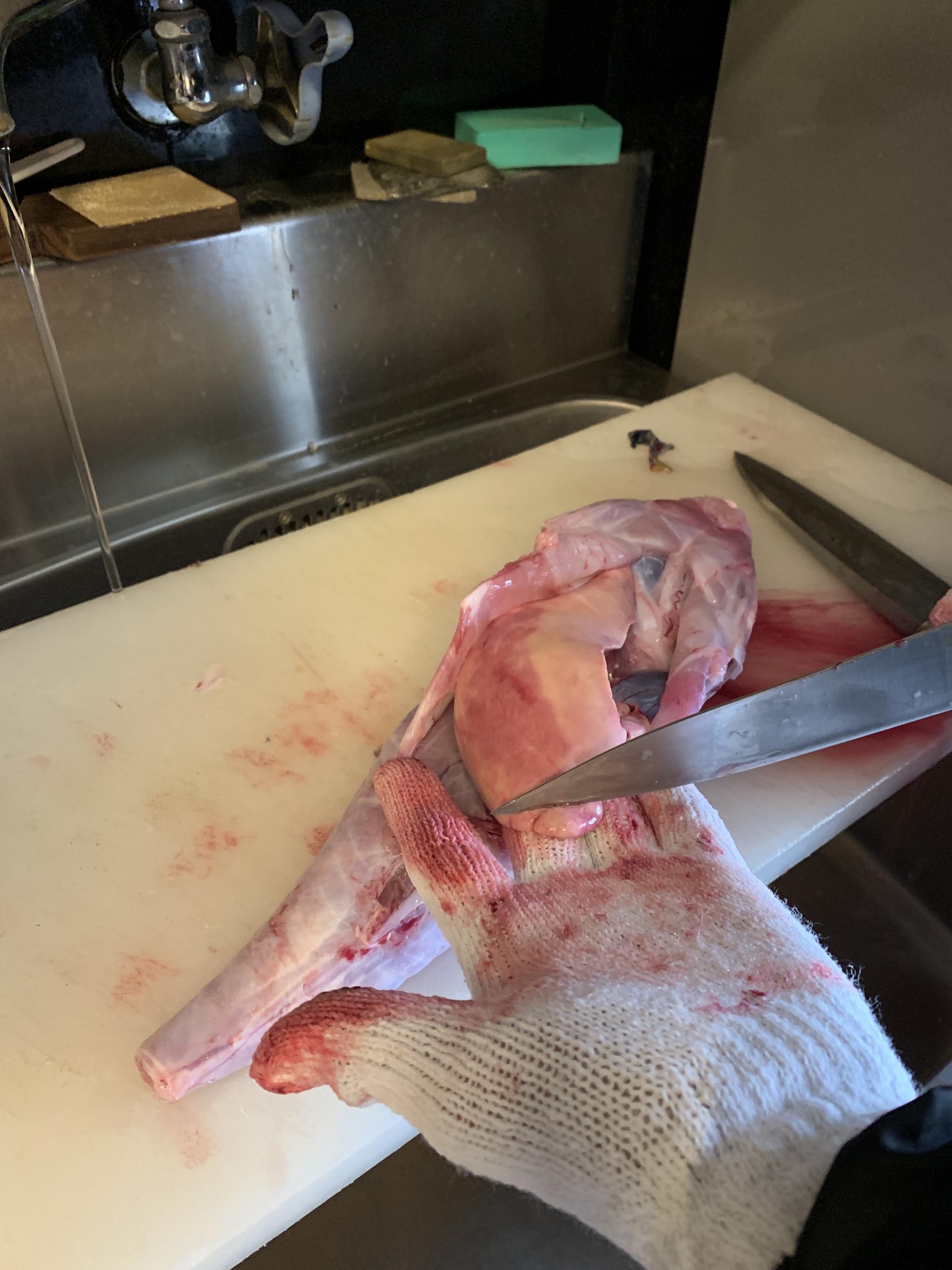
“The fins are dried for six months, then lightly grilled and I set the fin alight just before serving with hot sake. The flame adds a smoky and complex element to the drink,” says Yamaguchi. “The sake is a traditional commemorative drink and a great way to toast to a special meal ahead and celebrate the whole fish.”
Yamaguchi has been cooking with fugu for over 20 years and inherited the restaurant in his early twenties. His late grandmother opened the restaurant in 1949 and was the first woman in Japan to hold a fugu licence. Most chefs have to do at least two years of rigorous training followed by an apprenticeship and then a notoriously difficult-to-pass test before being able to qualify for a licence. Plus, each prefecture has its own set of strict government laws on the handling and preparation of fugu.
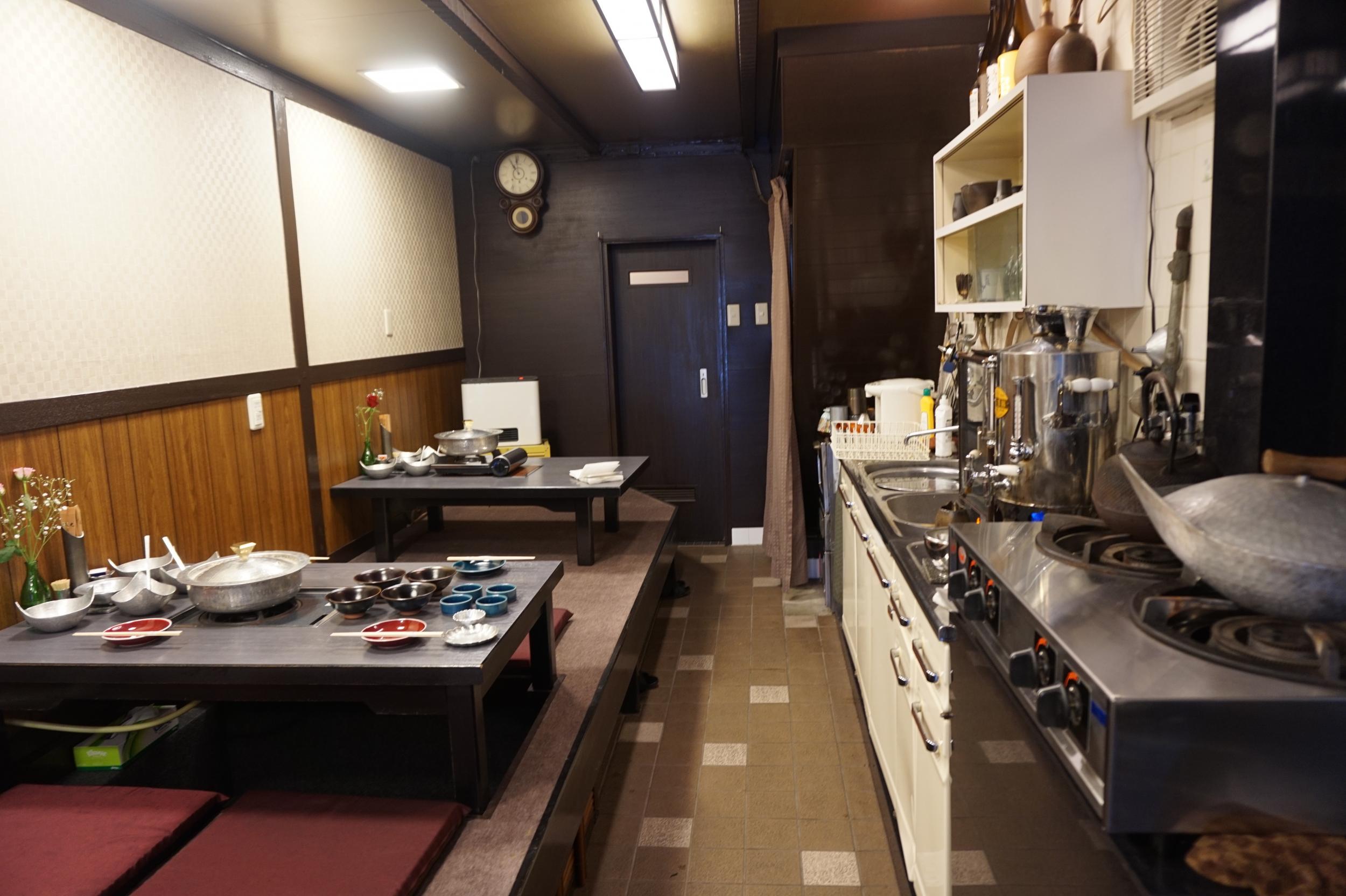
“I shadowed my grandmother for many years,” he says. “Learning how to prepare fugu is a bit like learning how to drive. You slowly get better with practice, it’s a skill you never really forget.”
Accidental deaths are rarely caused by specially licensed chefs; they’re usually linked to domestic preparation where untrained people try to DIY their own fugu.
I’m greeted with the first course of the tasting menu: a plate of paper-thin wild Torafugu sashimi and a bowl of curled-up layers of fish skin with seaweed and spring onions. On the side is Yamaguchi’s grandmother’s secret ponzu sauce and spicy grated radish for dipping.
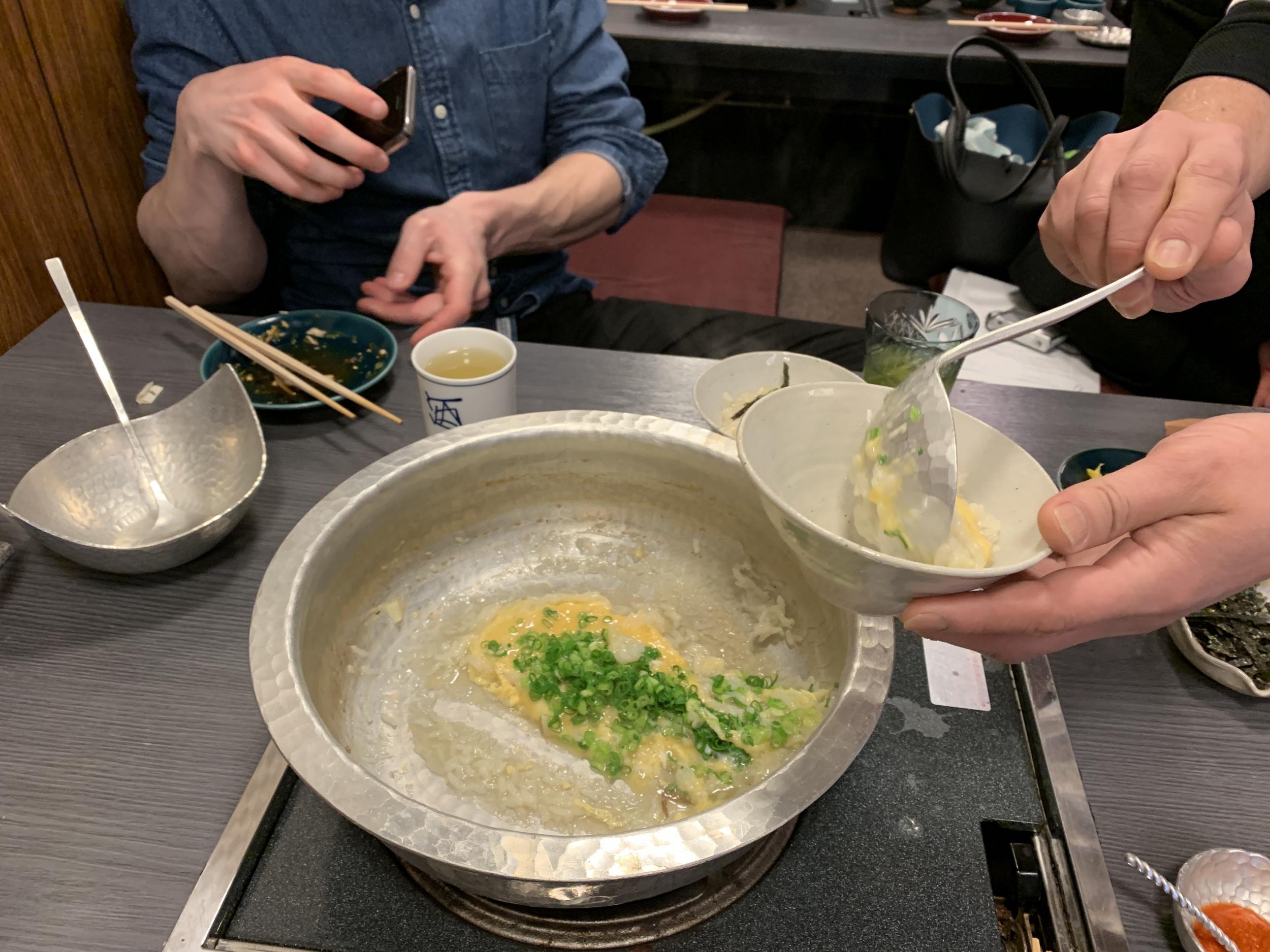
“Fugu needs to be soaked in water for at least an hour to rinse off any excess blood, as that can still contain traces of poison,” Yamaguchi says of the preparation. “It’s then filleted into thin slices and left to refrigerate for eight hours. This ageing process allows the fish to deepen in colour, enhance flavours and soften in texture. It’ll be too chewy and tough once it’s freshly cut.”
True to form, the fugu is fresh, light and subtle, and I somehow manage to eat every little sliver within seconds.
The next course of kombu dashi broth with tofu, shimeji mushroom, seaweed and yet more fugu bubbles away in the pot in front of me. It’s followed by what I thought was a small dish of toasted marshmallow, but turns out to be the shirako (semen sac), which tastes a lot like a creamy miso pudding. It’s my favourite part of the meal, even knowing exactly what it is I’m eating.
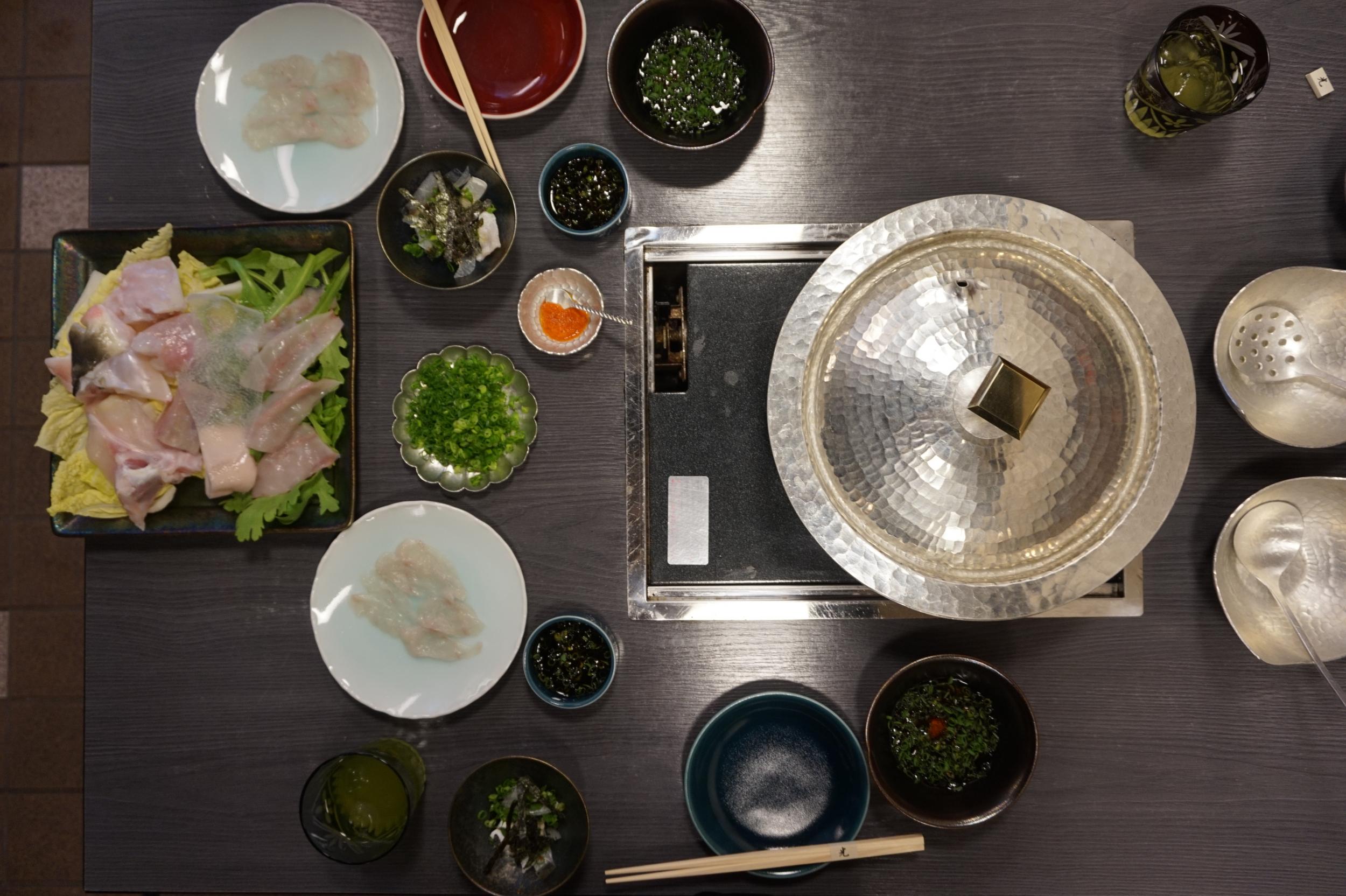
“Shirako is meant to bless women with good skin and males with strength after eating,” Yamaguchi tells me. ”They’re very rare and are only found two months of the year during mating season. The two sperm sacs cost roughly 10,000 yen (£70).”
The main course is fugu nabe, a comforting rice porridge that uses the leftover broth and is mixed with an egg. As the dish cooks for longer, it takes on richer flavours from the fish and finishes with an intense umami high.
At the end of the meal, Yamaguchi presents me with a parting gift: a beautiful box of Manju, a Japanese dessert made from flour, rice powder, arrowroot and buckwheat often filled with red bean paste. Each one is individually stamped with a fugu logo on top. It’s a prized sweet treat to take home as a souvenir, or in my case it’s proof that I’ve lived to tell the tale. A bit like Homer.
Travel essentials
Getting there
British Airways flies from London Heathrow to Osaka from £508 return.
Staying there
Standard rooms at the Imperial Hotel Osaka from £160.

Join our commenting forum
Join thought-provoking conversations, follow other Independent readers and see their replies
Comments